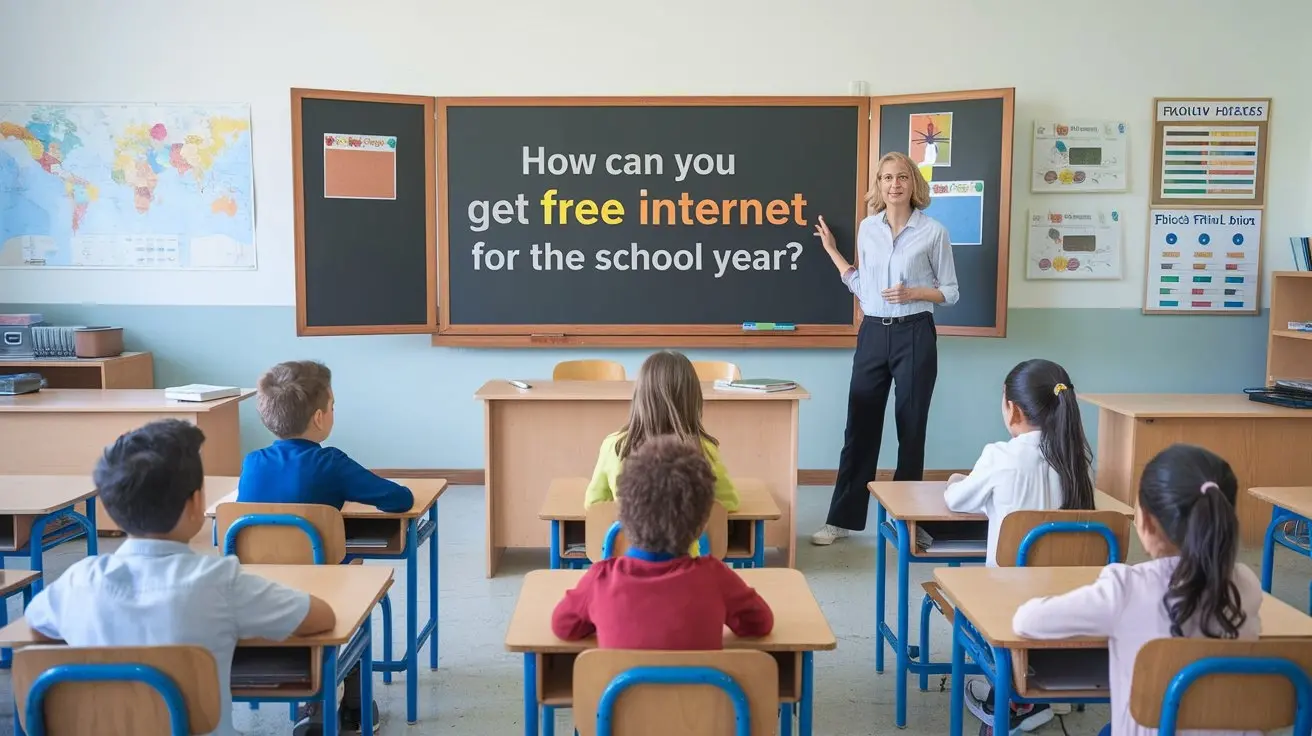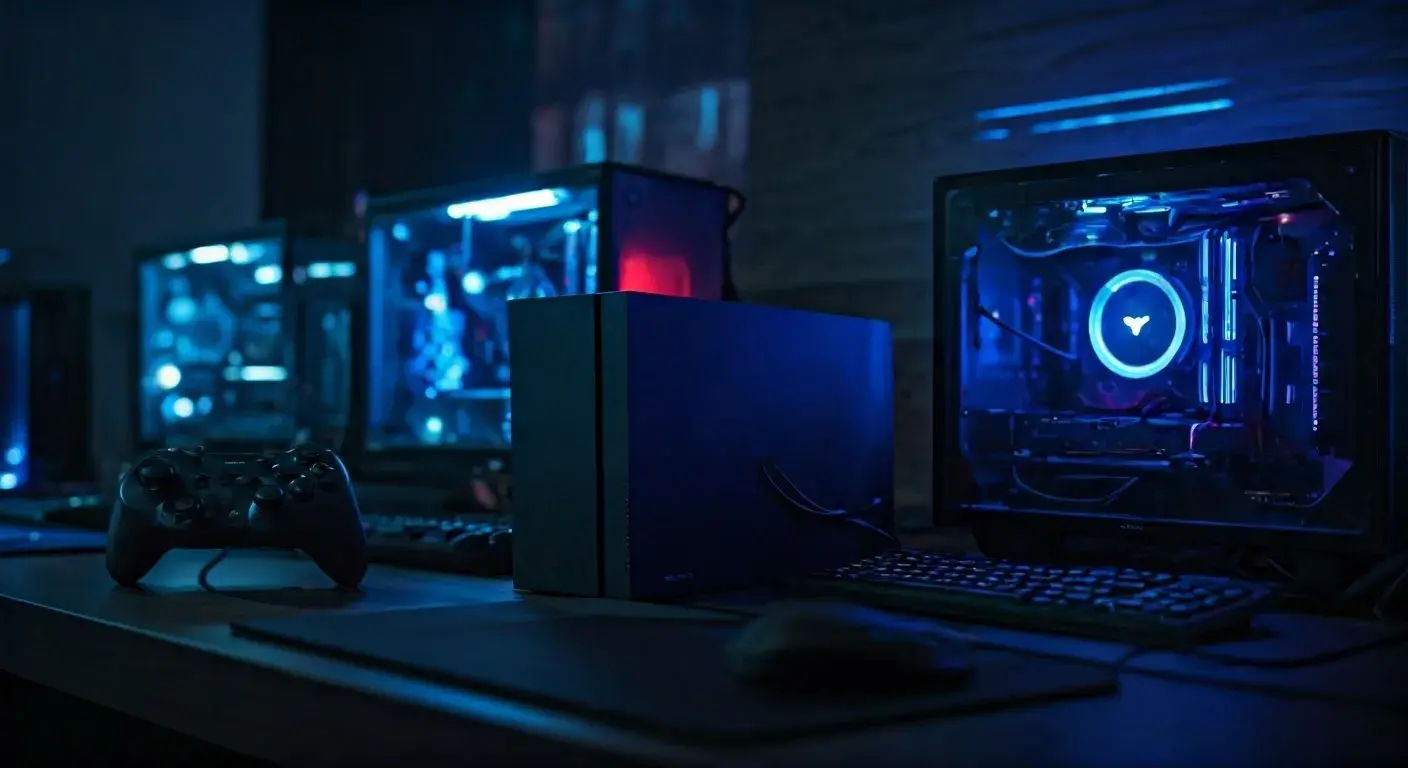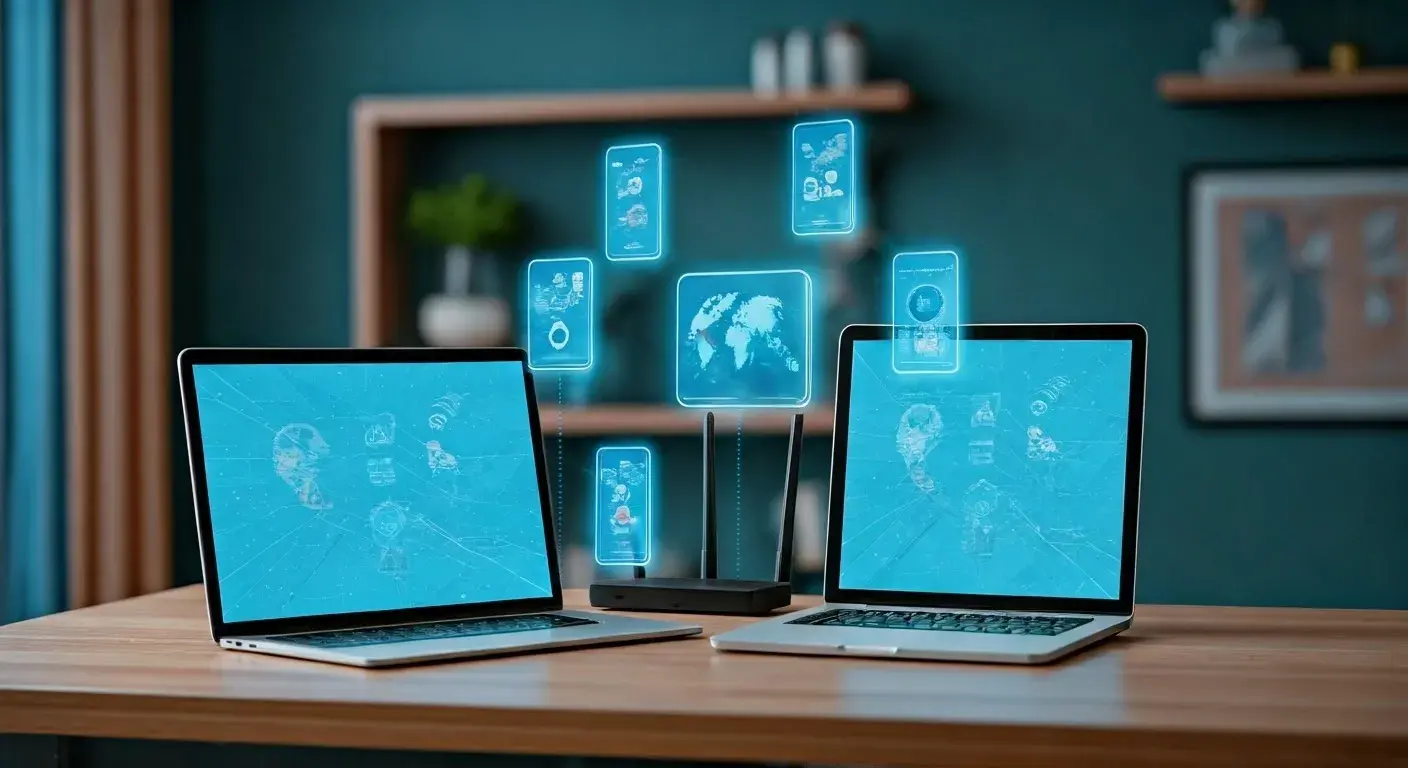How Can You Get Free Internet For The School Year?

Here are 10 ways to receive free internet for the school year:
1. Public Libraries: Public libraries are free to the public allow the use of computers and offer free Wi-Fi this could be a perfect solution for students who need Internet at home. You can determine the opening hours and interaction with the World Wide Web before going to the library.
2. Schools and School Districts: Many schools are found to offer internet access to their students either through Wi-Fi hotspots they create or by permitting students to connect to their internet services from a remote location. Please, consult either your school or the school district to find out about the available plans.
3. Internet Service Providers (ISPs): Some ISPs can provide free or cheap connections to the households of those families and students whose income can barely afford the charges. You can find out whether you qualify for any of such programs by getting in touch with your local ISP or by accessing their website.
4. National Programs: As of today several national programs in the United States provide free or low-cost internet services to households. Internet connectivity can be acquired by other means through Programs such as Comcast Internet Essentials and the Federal Communications Commission (FCC) Lifeline program.
5. Mobile Hotspots: A mobile hotspot refers to a portable gadget that sets up a Wi-Fi connection that lets several gadgets connect to it and access the internet using its cellular data. They have the flexibility of using a data connection, but maybe there are free or cheaper prices for student use.
6. Mobile Apps: There are quite several free Wi-Fi mobile apps or online sites to either connect to free hotspots or get free temporary access. For instance, Wi-Fi Finder and Free Public WiFi Finder assist the user in identifying the nearby available free Wi-Fi networks.
7. Educational institutions: Certain universities and colleges have student services that include free connections to the Internet for students. More so more research institutions provide Wi-Fi such as community colleges, libraries and many other learning institutions can utilize it.
8. Mobile libraries: Some of the mobile libraries may also offer One Web patronage through the provision of Wi-Fi connectivity. These are mobile libraries and normally work within a given region, perhaps there is a library within your region that offers free internet for students.
9. Community Resources: Free internet services are available at local community centres schools or libraries or else they arrange for different programs where internet facilities are made available for the public. Contact these organizations to ask if they have any available material.
10. Government Assistance: Such advocacy could be that government-funded programs offer free or subsidized internet connection to low-income families. Visit your local or state government website to know which programs and resources are available.
Some students struggle to get internet for school but there are various avenues some of which you can access to give you free or relatively cheaper internet.
1. Public Libraries: A good example of a place found within most learning institutions is libraries and many are free Wi-Fi zones. Altogether, the use of the internet is normally restricted to a specific time, so one has to be wise about the time to connect to it. Also, some of the libraries have computers with internet connection that can be used during the library’s opening.
2. Schools and School Districts: Schools and school districts containing learners might supply the connection to Wi-Fi through hotspots or avail distant access to their services online. This can range from offering students a safe username and password through which they can connect to the internet from their homes. If your school or district does not participate in such a program, it is high time to ask the school’s IT department or principal to participate in it.
3. Internet Service Providers (ISPs): ISPs also can provide rebates to low-income households and students. For instance, Comcast through a product named Internet Essentials provides internet services at a lower price to low-income earning households. Specific requirements are different for different providers, so you need to consult your local ISPs on this question.
4. National Programs: For instance, the FCC’s Lifeline program offers only a discount for monthly internet connection charges for qualified households. The subject and qualifications necessary for these programs differ; one must always consult to know what is needed.
5. Mobile Hotspots: Mobile hotspots can be advantageous, especially to the students in that they can connect to the internet regardless of the location. They can give access to the Web if the cellular service exists anywhere. Remember that the only constraint is the data plan that you should look for and select one that meets your requirements.
6. Mobile Apps: Employing the services or product given to find free WiFi such as using mobile applications or websites. Just bear in mind that these services may demand your details and it is always important to be safe when connected through public Wi-Fi.
7. Educational institutions: In many schools,c colleges and universities free Wi-Fi is provided to students. Use these resources and find nearby colleges, libraries, or any other centres that offer free Wi-Fi connections.
8. Mobile Libraries: A few of them include the free availability of Wi-Fi connections, which can come in handy for students in regions where there are few or no Wi-Fi zones provided. Look if there is any mobile library that offers free internet access near your area.
9. Community Resources: Other places that might be available for Internet access include community centres, local schools or libraries that may have free Wireless Internet or host events where the Internet is available. The above community services you may find useful so feel free to seek help.
10. Government Assistance: The government should provide subsidies to people because the programs can cover the expenses of Internet connection. Some of these programs differ by state so endeavor to find out what is available in your region.
In sum, the following are the various approaches to getting free or cheap secure internet services for students: That is why it is so important to spare some time looking for a better solution that will be more effective and beneficial for your further education. Feel free to contact your local community services schools, or ISPs to get more information about options and help.





